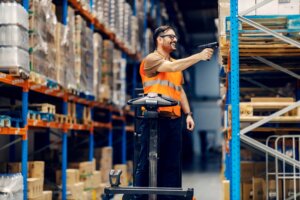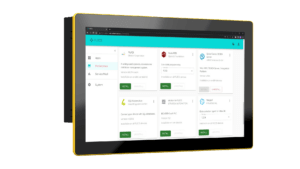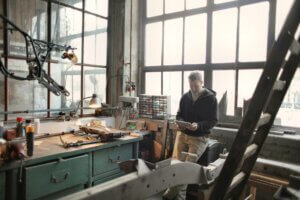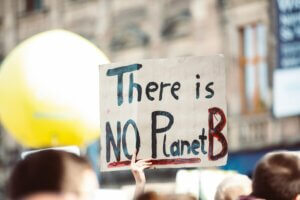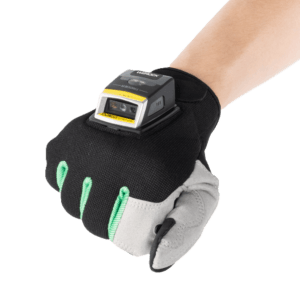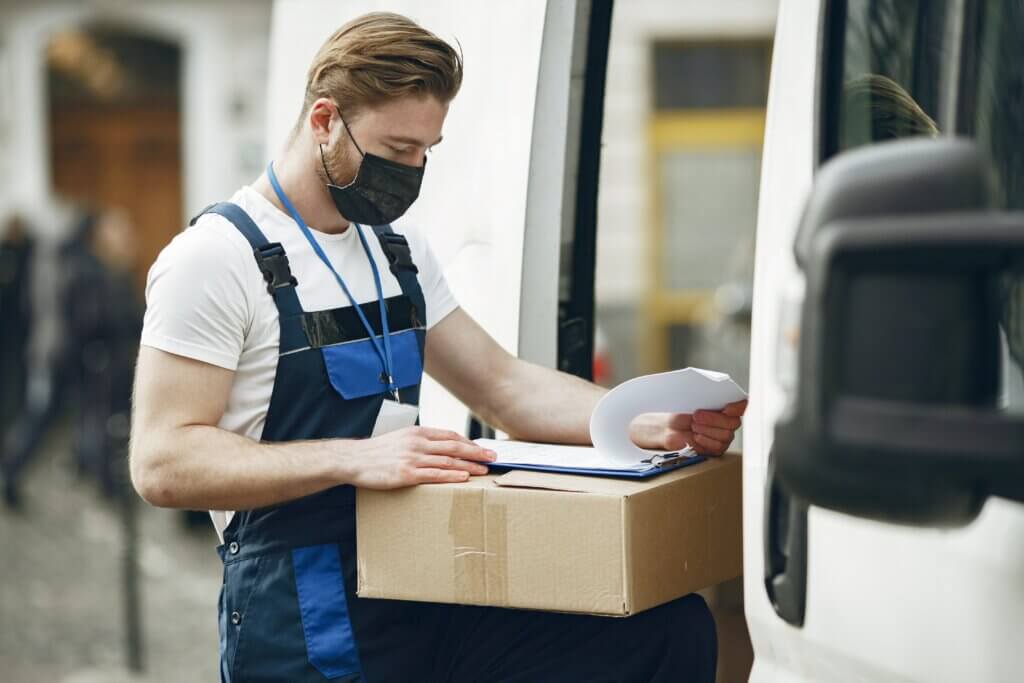Packaging has become one of the biggest burdens on our planet – this is obvious and should be well known. What is always more important here is to act appropriately: We have to do many things to counteract as efficiently as possible. Closing material cycles, saving packaging and designing it to be more recyclable – these are challenges that are currently being faced not only by legislators, but also by designers, producers, industry and retailers. The EU Circular Economy Package and the Packaging Act, for example, contain ambitious goals and targets.
We, too, are committed to taking part and contributing – even more than what we would have to do. Sustainability, climate friendliness, environmental orientation – these concepts are not just fashionable buzzwords for us, but absolutely central elements of our corporate culture and serve as the basis for all our operational activities – in manufacturing, warehousing, logistics, transport as well as sales. In this blog post, we want to present our concrete measures for implementing green packaging and shipping.
Environmentally friendly packaging
Every day, we work to package our products as sustainably as possible. In doing so, we aim to minimize both pollution from packaging waste and waste of resources and energy from excessive packaging. Overall, we have set the following guidelines:
- avoid packaging or reduce it to a maximum;
- if packaging is unavoidable, use materials with high recyclability;
- reduce the complexity of materials.
Avoid or minimize packaging
We try to minimize packaging wherever possible. However, in most cases it is an indispensable part of the product. Especially for a company that manufactures and sells computers, packaging is very important to protect the products and cannot simply be omitted. Nevertheless, we use all the possibilities we have to reduce packaging. Unnecessary outer packaging, for example, is eliminated to save valuable resources; cardboard in cardboard is avoided where possible. In addition, large project orders are shipped from the factory as so-called bulk products in consultation with the customer. These products then have no individual product packaging. At the same time, this leads to significant cost savings and increases transport performance, as bulk packaging roughly halves the transport volume for most products.
Use of materials with high recyclability and degradability
We primarily use recyclable and biodegradable materials, such as paper universal cartons, unbleached cardboard, etc. These are not only cost-effective but much more environmentally friendly than unrecyclable packaging. Accordingly, we set a goal to use less and less plastic in packaging.
Some of our packaging unfortunately still has foam inlays at the moment; however, we have already started working with suppliers to gradually replace these with ecological alternatives. Often this packaging is designed for many different products, which is why there are large stocks. For this reason, a complete ecological conversion of the packaging still takes some time, depending on the product – but this in no way stops us from following through with our green plan.
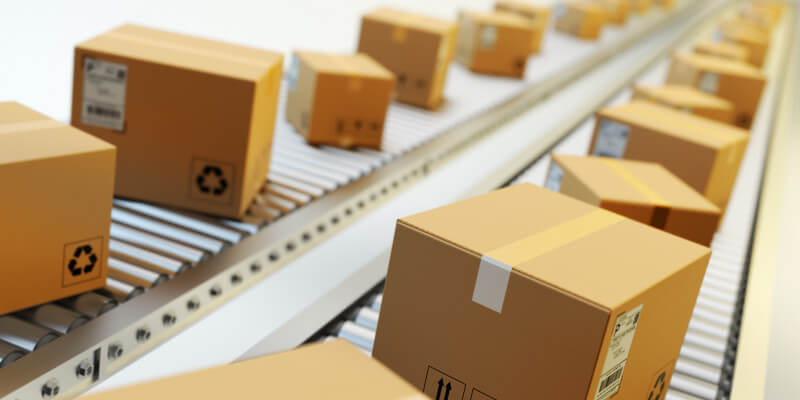
Reducing the complexity of packaging materials
It is also important that materials are developed as simply as possible, because mixtures of different recyclable materials are particularly difficult to recycle. A packaged bag that is a multi-material compound of paper, aluminum and polyethylene, for example, is very harmful to the environment because the materials inside can only be partially separated. Only the aluminum fraction is separated from the composite and recycled; paper and plastic are lost as valuable materials and are incinerated. For this reason, we do not use such complex packaging materials.
In addition to these three approaches, we also pay attention to the sustainability of our suppliers. We require that production partners provide evidence that they produce and transport in an environmentally responsible manner and that they comply with certain environmental requirements from us. Compliance with these requirements is verified and guaranteed through audits. In this way, possible ecological effects are already taken into account when designing the packaging and negative influences are prevented in the best possible way.
Climate-neutral shipping
In shipping, we also think, plan and act ecologically. First and foremost, we work with shipping partners whose eco-balances are convincing. For example, our products are shipped within Germany via DHL and UPS. With its Group-wide GoGreen program, for example, DHL has set itself a measurable climate protection target and has taken a consistent approach to achieving it. This means that we ship our parcels in a climate-neutral manner.
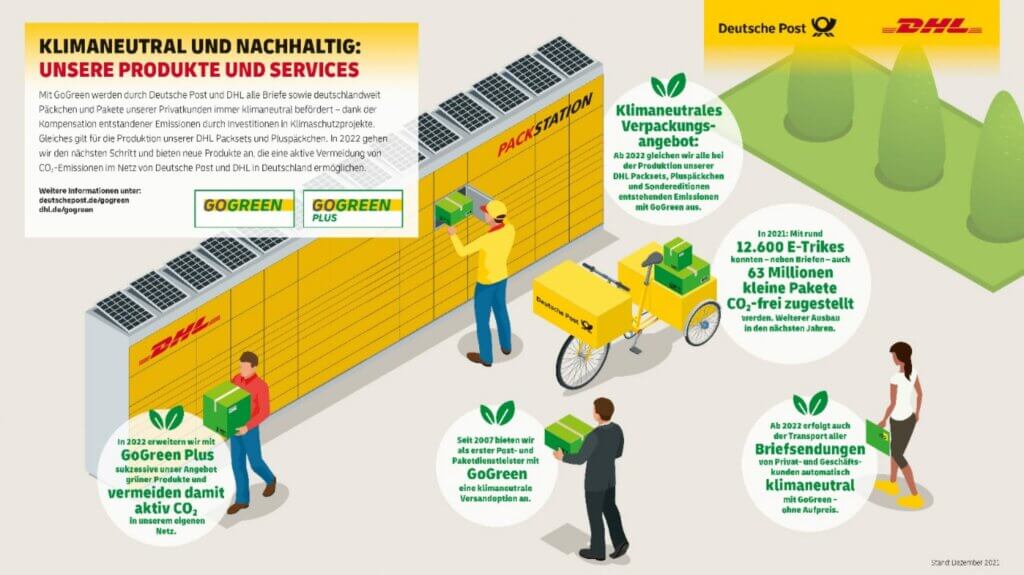
However, no matter which sender we use, we always ensure that the greenhouse gas emissions generated in the delivery process are offset. The offsetting takes place via internationally recognized climate protection projects that bind or save CO2 from the atmosphere. To this end, we work with Gold Standard-certified climate projects. The Gold Standard organization was founded in 2003 by WWF and other NGOs in order to have a maximum positive impact on our climate and future developments. Through offsetting, all other emissions from logistics and transport (including, of course, emissions from production, daily work of employees and other operational areas) are compensated, if not already done elsewhere.
We only use used cardboard boxes for shipping products to customers, because shipping boxes can withstand several transports and do not have to (and should not) be disposed of directly. We always handle these cartons carefully so that they experience as many cycles as possible before they become too unstable. When we receive packages from suppliers, a check is made at goods receipt to see if the carton received can be used again. In WEROCK’s history, not a single shipping carton or packaging material has been purchased. The only new material purchased is the adhesive tape used to seal the cartons. Here we rely on thread-reinforced paper tapes with natural adhesive.
In this way, the life cycle of the individual packages is significantly extended; particularly stable packages can even be used again and again for several years. This significantly reduces the unnecessary production of new packaging; the associated use of resources and energy, as well as greenhouse gas emissions, are thus immensely reduced: imagine that there are many long routes between all the stations in the entire production chain of a new packaging (extraction of raw materials, production, filling, etc.). These routes are covered by multiple modes of transport, which ultimately leave a huge carbon footprint. The reuse approach, on the other hand, eliminates a lot of the packaging. This also minimizes residual materials and packaging waste.
Last but not least, we also design our green shipping by always choosing the slowest products from DHL or UPS for product delivery, such as UPS Expedited. There our packages are treated with less priority and only loaded when there is still space in planes, trains or trucks. This ensures a better real carbon footprint, as it makes really effective use of transport space.
Conclusion
Since the company was founded, we have been using simple practicable measures to promote greener product packaging and shipping, which in turn contributes to the expansion of future-oriented logistics. On the one hand, we do our best to reduce the total amount of packaging and use environmentally friendly materials; on the other hand, we pay attention to the climate impact of our shipping and logistics activities and try to limit it as much as possible.
Would you like to learn more about us? Then take a look at our environmental approach: https://www.werocktools.com/company/environmental-protection/. We welcome your questions, comments and criticism. Are you interested in our products? Then feel free to contact us at any time.
